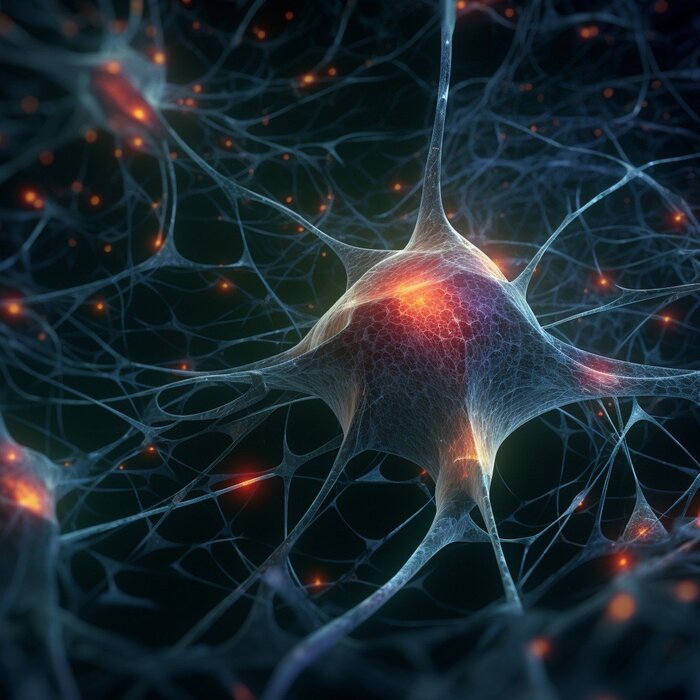Nerve cells in the brain are at risk from chemicals commonly found in the home, such as disinfectants, compounds found in personal hygiene products, and flame retardants often used in furniture and electronics.
These substances damage cells called oligodendrocytes, which provide support to neurons and form the white matter of the brain, stopping their development or causing their death: they could therefore cause delays in cognitive development, motor dysfunctions and abnormal development of the central nervous system.
This was stated by the study published in the journal Nature Neuroscience and led by the School of Medicine of the American Case Western Reserve University.
The findings highlight the need for further investigations to understand the potential impact of these compounds on human health.
Most research on the effects of environmental chemicals on the brain has focused on neurons, while much less is known about oligodendrocytes, whose development begins before birth and continues into adulthood: for this reason, these cells can be particularly vulnerable to possible damage caused by harmful compounds.
Researchers coordinated by Paul Tesar examined more than 1,800 substances, trying to understand their effect on mouse oligodendrocytes grown in the laboratory: 292 compounds killed the cells and another 47 slowed down their development.
The results were then confirmed in live mice and cultured human cells.
The authors of the study also analyzed data collected between 2013 and 2018 in a large US investigation: a compound belonging to the category of flame retardants, known by the acronym BDCIPP, was present in almost all urine samples of children between 3 and 11 years, with an increasing trend in recent years.
Reproduction reserved © Copyright ANSA

